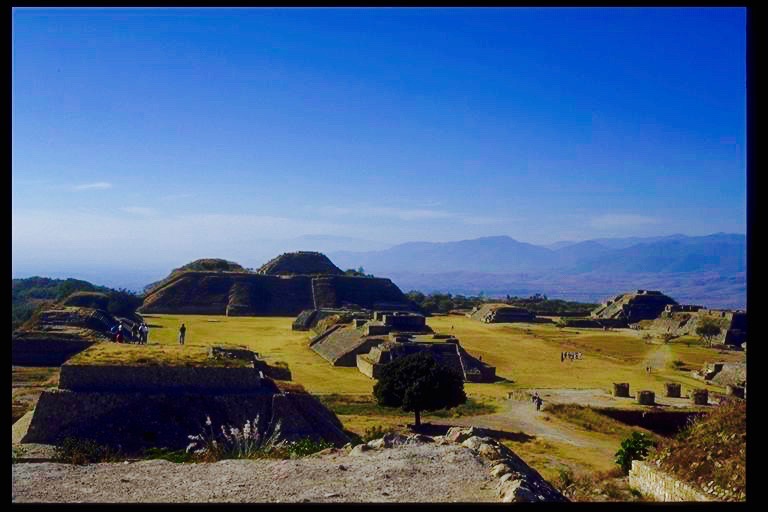
Learning Disabled Learning Troubled
by
Victor Hendricken
Like separate lives, they flow through our weekly meets.
The many speakers, special to their cause,
Marking trails with wise words and images
That surely we can follow through dense forest,
Where new growth, vibrant, verdant,
Fertilized by wisdoms, fed by lore,
Shines and sparkles to ever light our way.
They tell us who they are,
And hint at what we may become.
Guided by their telling,
Senses stir, touched by feelings
Long lost or never known
And yet we ask for more.
No stopping here, no rest from task.
Reflection does make wealth of all the learning,
So the last day is the first,
While still we reach, unending in our thirst.
Expectations of discovery:
Telling stories in old age,
Hoping to discover who we are,
Or who we might have been
Had we not been ourselves as we are now.
More than mental beings, physical too.
Bodies wracked by desire, not for human flesh,
But something sinister, demanding, unclean almost,
Liquid in form or hazy blue and drifting,
Wild in its ability to bring ecstacy
To crazed senses and convulsed parts.
We talk, confused by dialect
Long lost or perhaps newly made
That speaks of different times,
When different rivers ran and winds were not so cold.
And yet we tremble to recapture words
That tell our passing and the greatness that we might have been
But for our special needs.
Readers we are not, but thinkers and doers,
Now there shines a bright star.
But wild it is, yet tamed with nectar of the gods
In white coats with sealed bottles at their will,
And small round pebbles of human kindness to dispense.
Lethargic no; sleepless yes!
And still our thirst, never satisfied,
Coyly beckons to the spring.
Until at last, letters dancing
Like eggs, scrambled, with dots of pepper laced.
We close our eyes and listen
And hear the world conform, at last.
Though weary, we who hear so well,
Cannot raise the glass, or read the words
So simply carved upon our epitaph of stone.
Many have come calling,
None remained, none returned.
Yet through it all one stayed;
A beacon, to light the way through confusion,
Bringing us home through the darkness
Of our ignorance and of our bliss,
Where vision, too often blurred by regularity,
Sees not the forms that cast the shadows,
Nor the minds that hold the forms.
For we too are human, with needs,
Unique, special, and starving to be met.
How can we say without saying,
Do without doing?
What magic cleverly spins its charm
To turn the chore from task to deep desire,
So that, without seeming to accede,
Demands are met, and institutions no longer risk.
Answers are oft found in their own questions.
But questions must be disassembled,
Stripped, laid bare to each their naked parts;
Abundant clues that lead to hidden corridors of knowing
Reveal, upon examination, answers that flow
From the tips of fingers to places inside,
Where decisions are dreamed and voiced.
There, nestled in the gut, close by the heart,
Feelings are born, expressions lived.
Look to the question,
And, in the very asking find the answer.
Who educates? Evaluates? Decides?
Is it how well I did, or how good I am?
Did I get to play a part and why not?
Choosing is as real on the inside, as it is on the out.
Comment: I am posting some poems and texts by friends. This poem is the first on the list, written by my good friend Victor Hendricken. Congratulations, Victor: You’re #1 on the hit parade!









